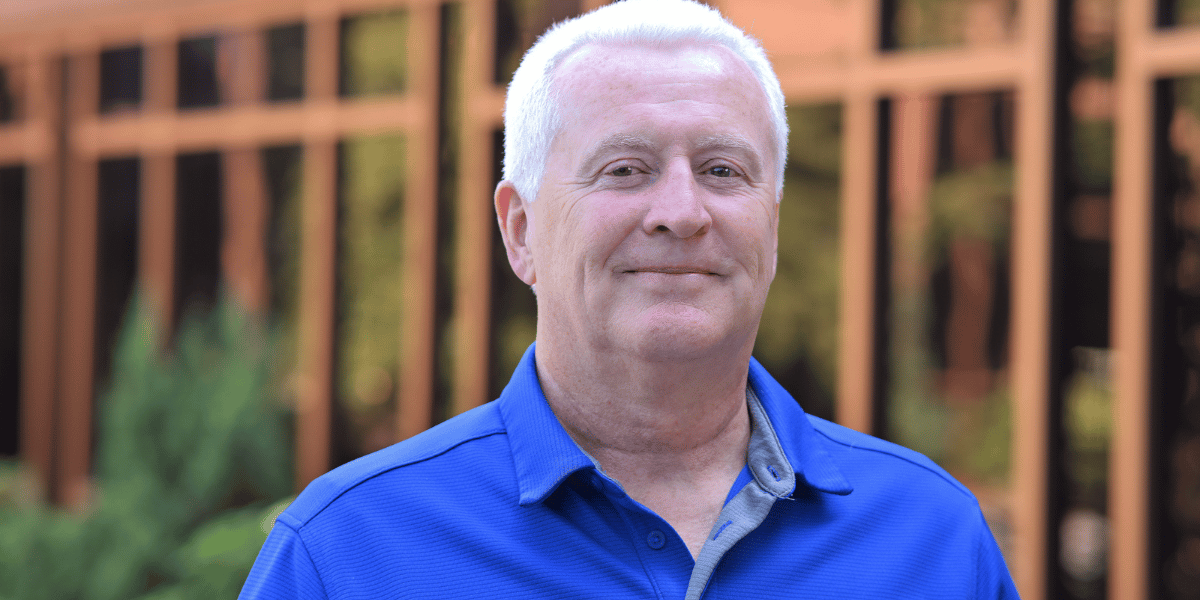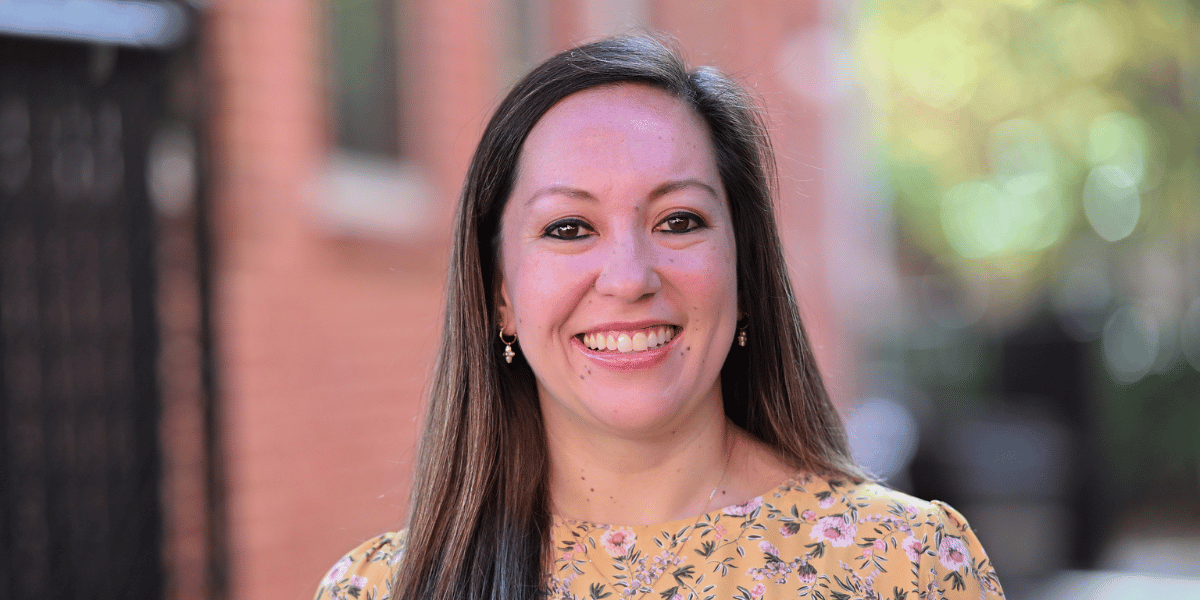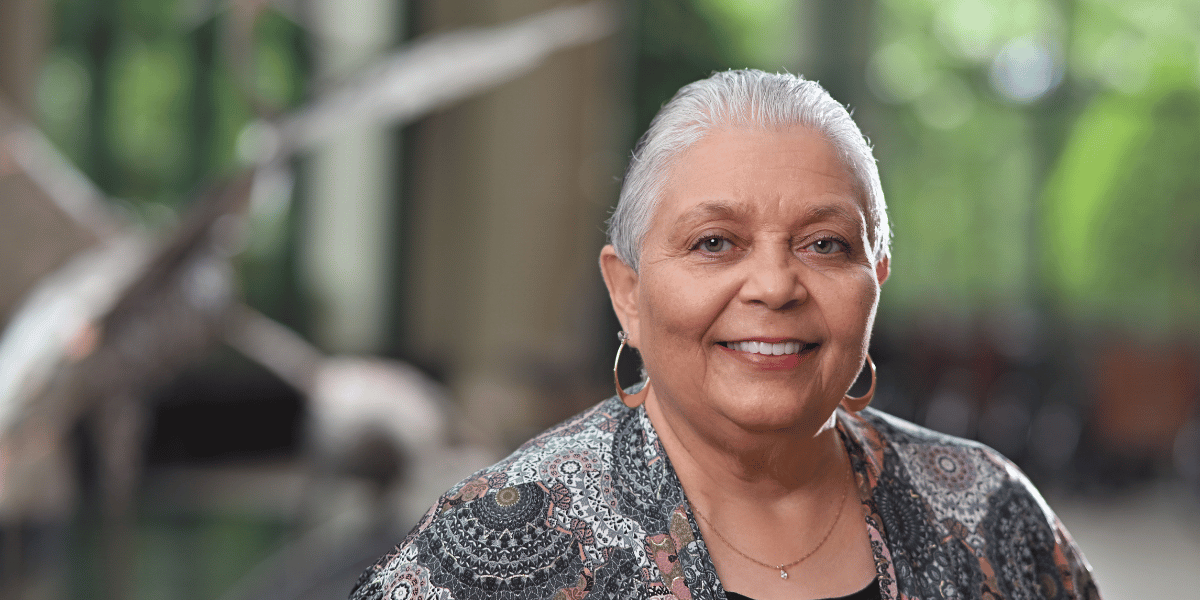
Accidental drownings can happen anytime, anywhere. Here’s how to stay safe
With summer winding down, fewer visits to the lake or pool are left to enjoy. But don’t take that as a reason to let your guard down when it comes to drownings and water safety.
Accidental drownings can take place any time of year and in any setting, highlighting the importance of safety tips and reminders about how to stay alert and responsible no matter the season.
More children ages 1 through 4 die from drowning than any other cause of death apart from birth defects, according to data from the Centers for Disease Control and Prevention.
And while children are the highest risk, anyone can drown. There are an estimated 11 drowning deaths per day in the U.S., according to the CDC.
Taking the necessary precautions to avoid water-related incidents is something that everyone can, and should, do year-round. In general, being trauma-free starts with attention, alertness and supervision whether that’s by a pool or near a bathtub.
“You have to be absolutely at your keenest level of awareness when you’re around water,” said Sally C. Donnelly, a family nurse practitioner who previously was a trauma nurse at Spartanburg Regional Healthcare System.
Donnelly is a former trauma nurse, but it was her experience as a mother that ignited her passion for water safety. She experienced first-hand the potential dangers associated with children and pools earlier this year. Her 2-year-old son nearly died from drowning in their backyard pool one day after her husband had just opened the pool for the season. Thankfully, the boy survived.
Now, there is always an adult assigned to supervise children whenever necessary, Donnelly said.
“There always needs to be an assigned supervisor, someone who is in charge of keeping their eyes on the children,” she said.
For every child who dies from drowning, another eight receive emergency department care for non-fatal drowning.
Verbally putting someone in charge, and announcing that role to everyone else, can help ensure that children will not be forgotten or ignored even for just a moment, which is all that it can take to create disaster.
“A child can drown in 10 seconds,” Donnelly said. “What happens a lot of time is that someone assumes everyone else is watching, but people can get their attention pulled away. There must be a dedicated supervisor at all times – nothing can replace supervision.”
Babies can drown in as little as just one or two inches of water, according to data from the American Academy of Pediatrics shared by healthychildren.org.
While swimming lessons are not fail-safe, teaching children how to handle themselves in and around water is another aspect of avoiding trauma.
“Education is the foundation of trauma prevention,” Donnelly said. “Just like with your teenager who is going to be driving, you start with lessons. The same goes with children and water safety.”
Donnelly’s family won’t soon forget their personal experience with a non-fatal drowning.
“I know with my own kids, since this happened to our family, they have been so much more aware – because they witnessed it,” she said.
For those with pools, it’s important to maintain proper barriers like gates and fences and to have sufficient swim aids, like inflatable arm or waist bands, Donnelly said. There are even products such as pool alarms to alert you when something has made unexpected contact with the water.
Drownings are the greatest risk related to water, but many other trauma incidents are associated with being in or around pools, rivers, lakes and bathtubs.
Slips and falls, head injuries from jumping into bodies of water, getting caught on fishhooks or suffering a laceration while trying to get out of a pool are all common ways people end up getting hurt. Everyone is vulnerable, including healthy adults, but there are groups of people who are more susceptible, such as those with pre-existing health conditions, the elderly, and most of all, children.
Choosing to be trauma-free means taking the time to be aware of potential dangers and doing what it takes to prevent dangerous situations. It can make all the difference in the world.
“Don’t ever put yourself at risk no matter what type of fun you think you’re going to have,” Donnelly said. “There’s no type of experience or amount of fun that is worth risking your health or well-being.”












